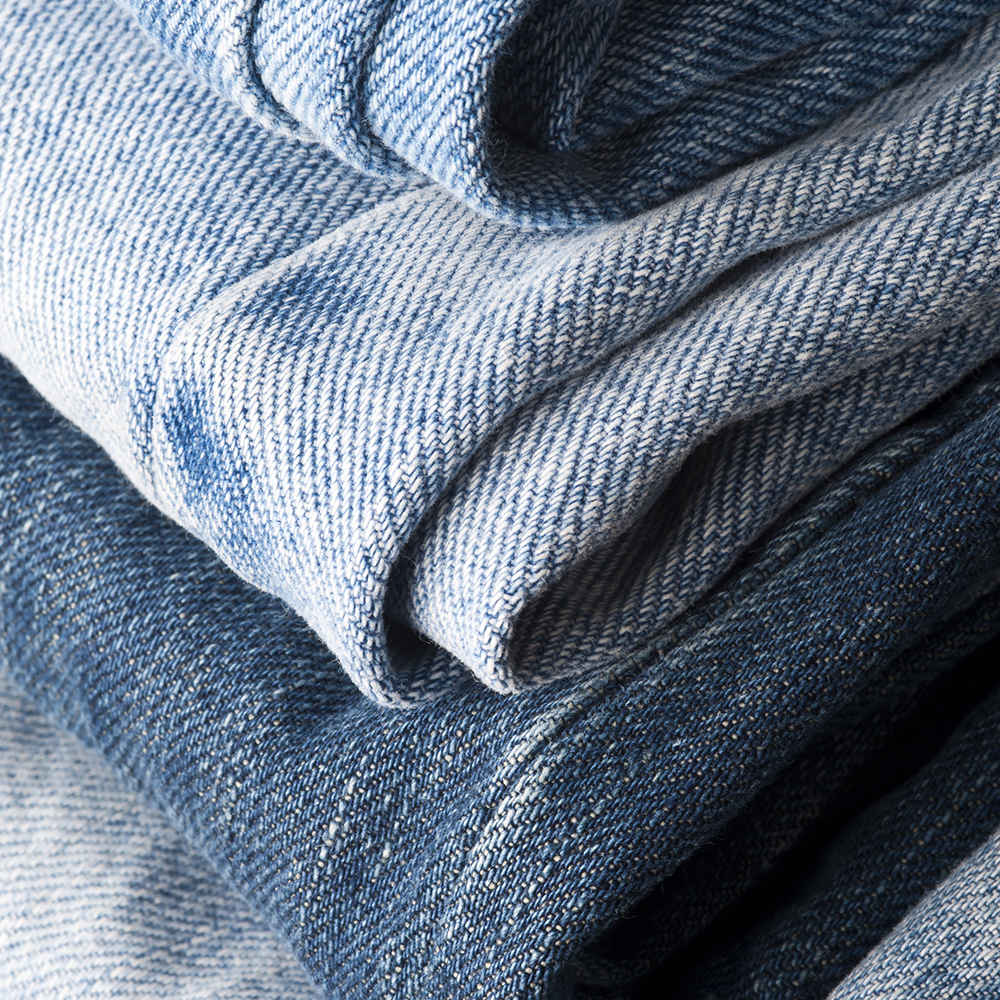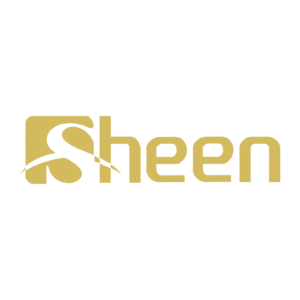Selecting jeans for international markets requires balancing style, functionality, and cultural preferences. As a seasoned fashion exporter, I’ve learned that understanding these nuances can make or break a product’s success. Here’s a concise breakdown to help you choose the perfect jeans for diverse audiences.

1. Fabric Matters: Beyond Denim Basics
Jeans are defined by their fabric, with cotton being the gold standard. However, modern consumers demand versatility. Consider blends with elastane (2-5%) for stretch, enhancing comfort without sacrificing durability. For premium segments, Japanese selvedge denim (ring-spun cotton) offers authenticity, while Tencel® blends appeal to eco-conscious buyers. Always check yarn weight—lighter denims (9-10 oz) suit casual wear, whereas heavier fabrics (12-14 oz) cater to workwear or high-end markets like Italy.
2. Fit: Bridging Cultural Preferences
Fit preferences vary dramatically. For example:
- US/Europe: Relaxed or straight-leg cuts dominate, emphasizing comfort.
- Asia: Slim/skinny fits are trending, but “athleisure” hybrid styles (e.g., jogger-inspired jeans) are gaining traction.
- Middle East: Baggy “dad jeans” with lifted waists align with modesty trends.
Invest in size charts localized to each region. Virtual try-on tools can reduce return rates by 20%—a game-changer for e-commerce.
3. Functional Features for Specific Needs
Outdoor enthusiasts may prioritize reinforced pockets and water-resistant finishes, while office wearers seek discreet belt loops and polished hems. In humid climates, moisture-wicking treatments or linen-blend denim sell faster. Don’t overlook details: button flys resonate with traditional buyers, while zipper fronts appeal to Gen Z.
4. Sustainability as a Market Differentiator
With 67% of EU consumers willing to pay more for eco-friendly apparel, sustainable practices are non-negotiable. Highlight:
- Organic certifications (GOTS, Fair Trade)
- Water-saving techniques (laser finishing, ozone washing)
- Recycled materials (Post-Consumer Waste denim)
In Southeast Asia, transparency via QR codes tracing production steps boosts trust.
5. Color Trends: Beyond Classic Indigo
While black and raw selvedge remain staples, regional shifts matter:
- Latin America: Neon accents and tie-dye effects perform well.
- Scandinavia: stone-wash and acid washes dominate vintage-inspired markets.
- APAC: Glitter finishes and holographic panels attract younger demographics.
Final Tips for Export Success
- Cost vs. Value: Balance material quality with pricing tiers. For instance, Turkish mills offer mid-range prices with European styling.
- Compliance: Ensure REACH/RoHS certifications for EU shipments and Azo-free dyes for Germany.
- Packaging: Folded jeans save shipping space but may crease; vacuum-sealing adds 15% cost but preserves shape for luxury buyers.
By aligning fabric science, cultural insights, and trend agility, you’ll build a jeans line that transcends borders. Stay curious—monitor TikTok trends in target regions and test prototypes with local influencers. The right jeans aren’t just clothing; they’re a statement that bridges continents.

